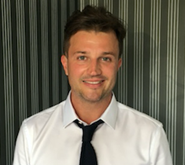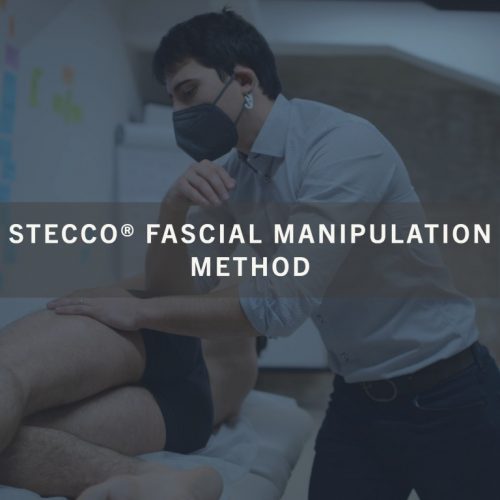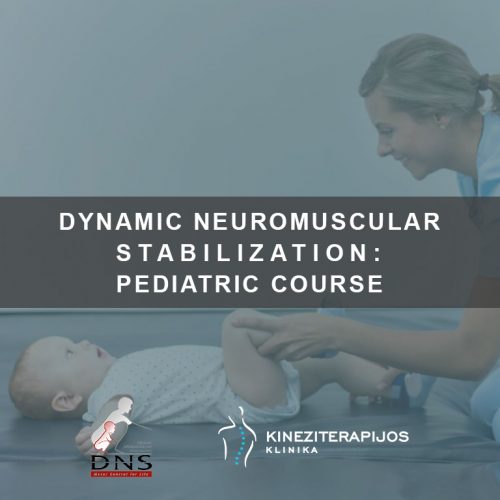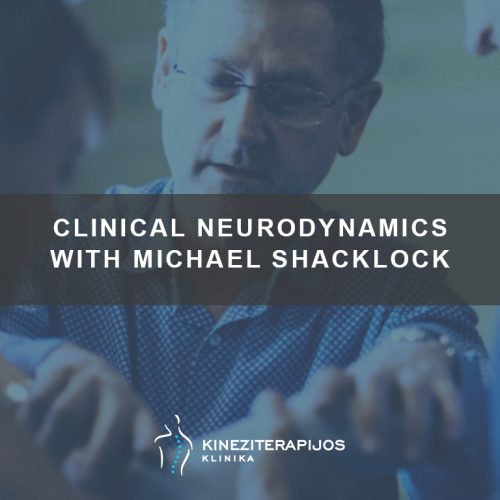Course lecturer:
Vaidas Stalioraitis
Specialist Musculoskeletal Physiotherapist, MSc (Curtin University), Graduate Entry Master of Physiotherapy (Curtin University), Master of Clinica l Manipulative Physiotherapy (Curtin University), Certified Mulligan Concept Teacher, Associate of the Australian Musculoskeletal Physiotherapy Association, Faculty staff member Manual Concepts, Western Australia.
l Manipulative Physiotherapy (Curtin University), Certified Mulligan Concept Teacher, Associate of the Australian Musculoskeletal Physiotherapy Association, Faculty staff member Manual Concepts, Western Australia.
Vaidas has over 20 years working in the field of musculoskeletal physiotherapy. Vaidas is a specialist musculoskeletal physiotherapist (as awarded by the Australian College of Physiotherapists in 2016) and his particular clinical expertise include:
- The management of complexed back and neck pain including headaches
- Upper and lower limb injuries
- Any musculoskeletal problem that has been proven persistent
His goal for patients is to:
- Understand what is wrong with patients and why their problem has occurred
- Receive evidence-based care and be made aware of all treatment options
- Be given an individualized treatment program aimed at restoring them to their highest level of function as quickly as possible
- Be given strategies to help prevent recurrence of their disorder
Vaidas aim is to:
- Educate the patient about his disorder; including his diagnosis, the cause of the problem, what he is able to do whilst recovering and demonstrate how the patient can be best involved in recovery.
- Get the patient back functioning at an optimal level as soon as possible.
- Take the time to appreciate and address ALL aspects contributing to their disorder with the highest standard of care rather than just treating patient’s symptoms.
What is A Specialist Physiotherapist?
- A Specialist Physiotherapist is a clinician who achieved the highest level of physiotherapy training competency in Australia.
- Having demonstrated this expertise by completing a rigorous training and examination process.
- A Specialist Physiotherapist s provides a comprehensive reviews or second opinion reviews for the patients who are still experiencing disabling musculoskeletal pain despite seeing a lot of health professionals.
- A Specialist Physiotherapist can provide evidence based information if a patient considering an invasive procedure such as surgery or injections and to look at the best option suitable for the individualised patient needs.







